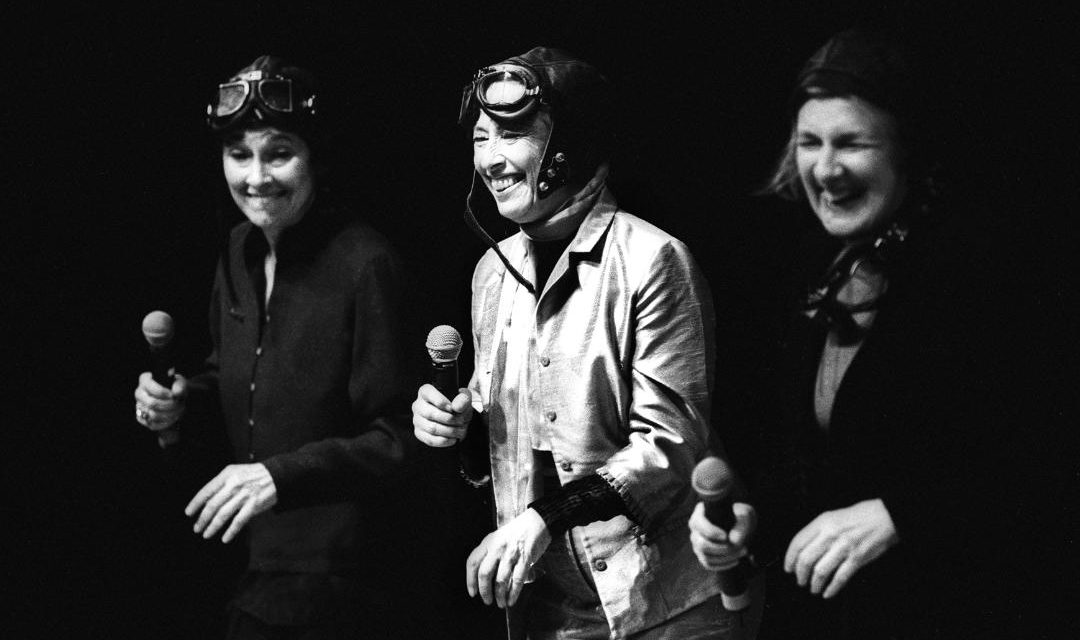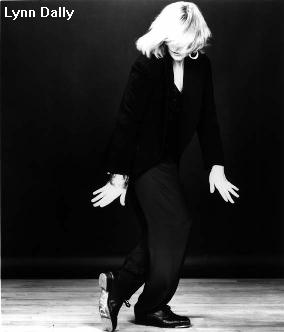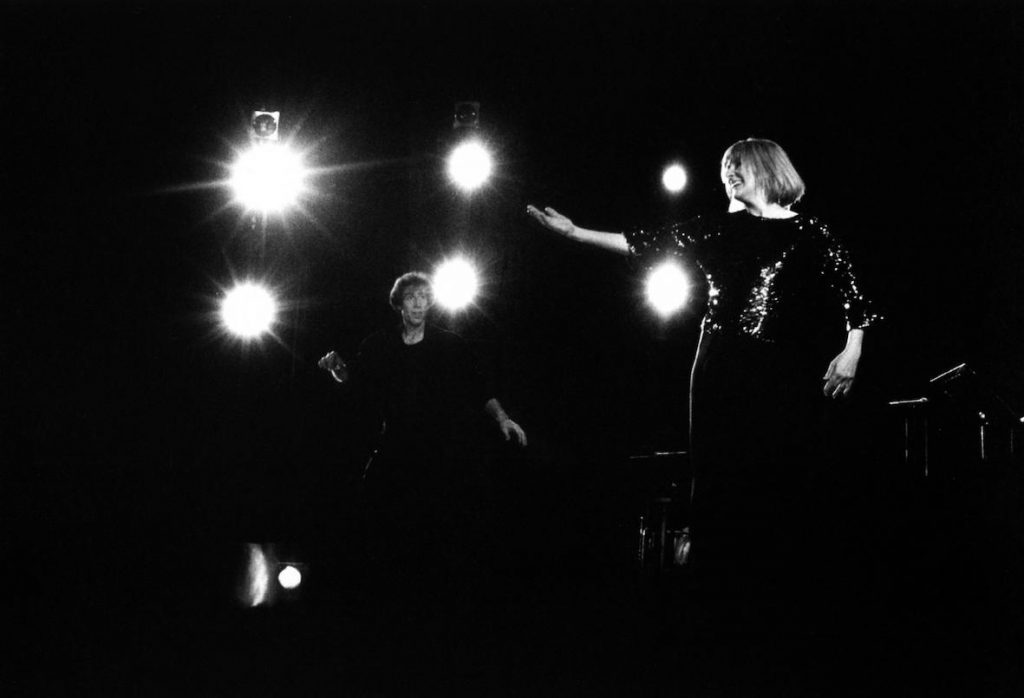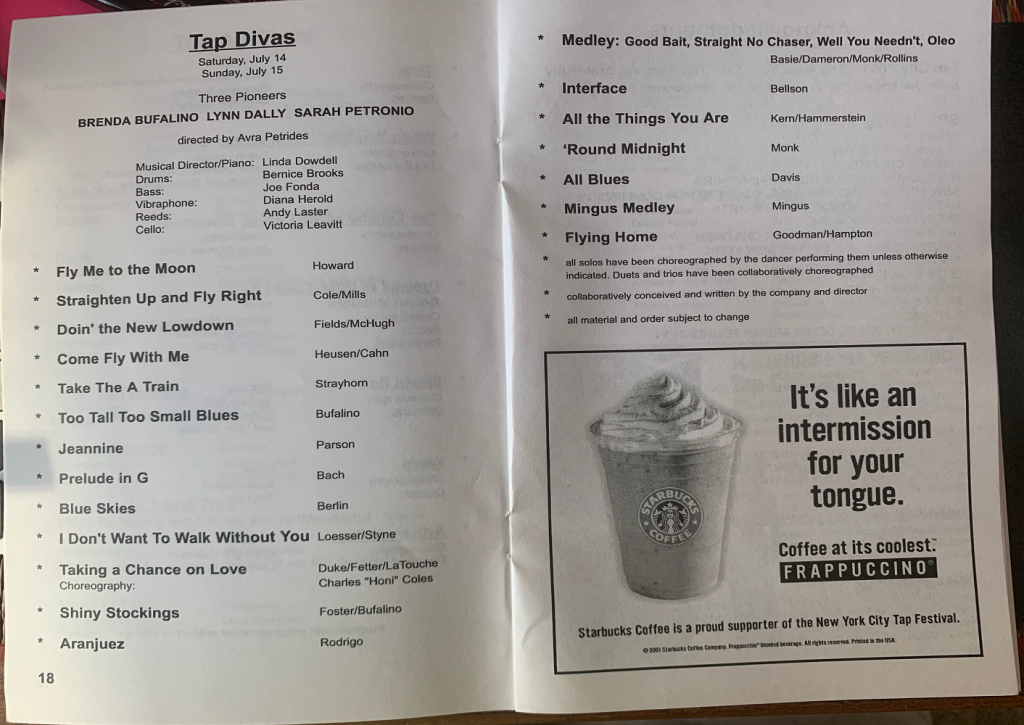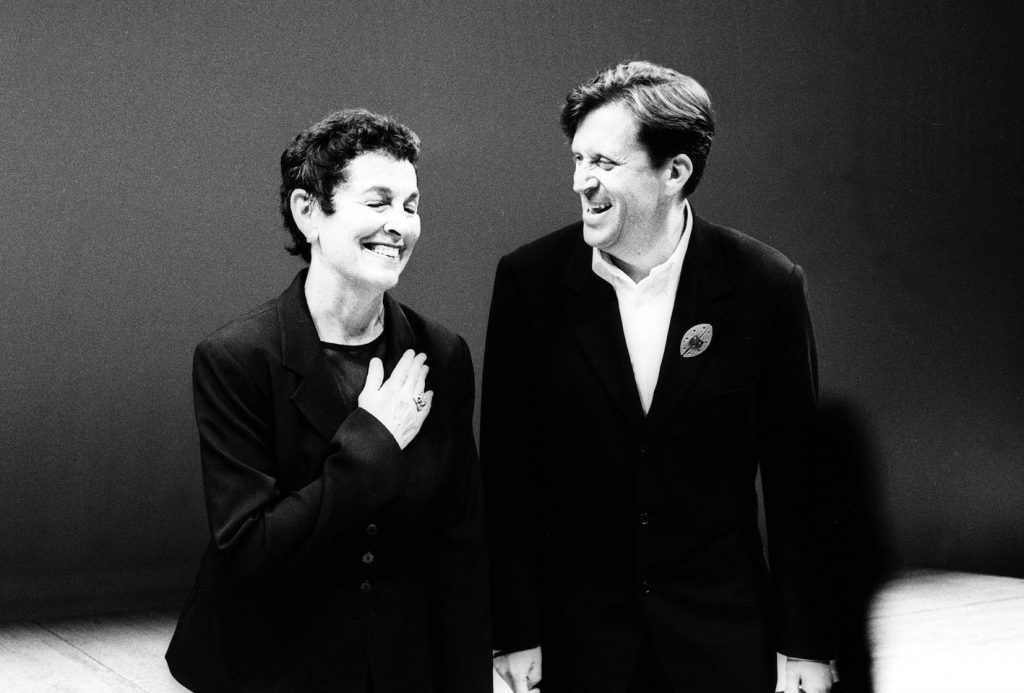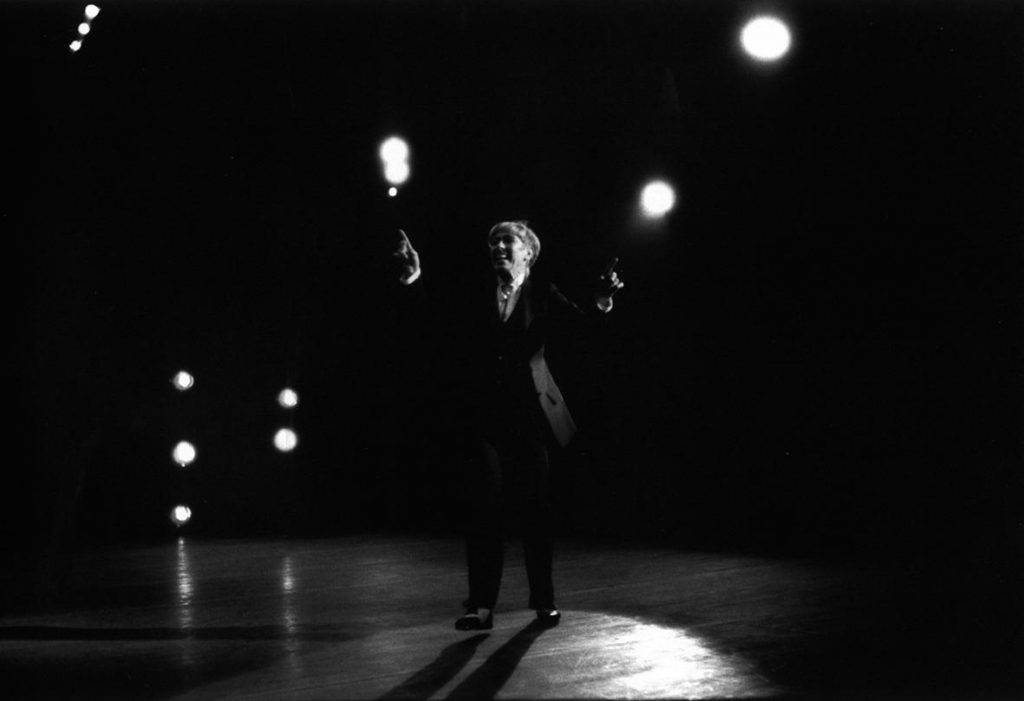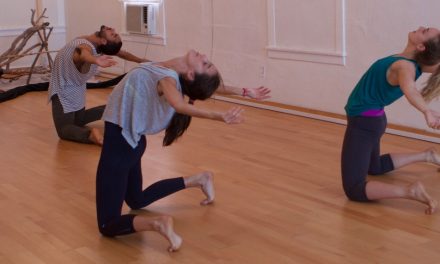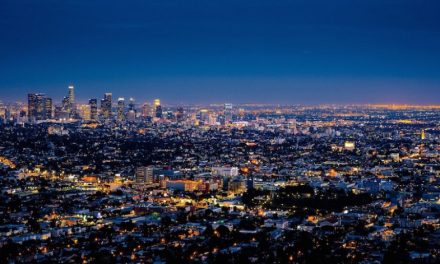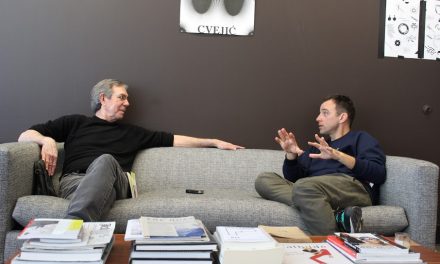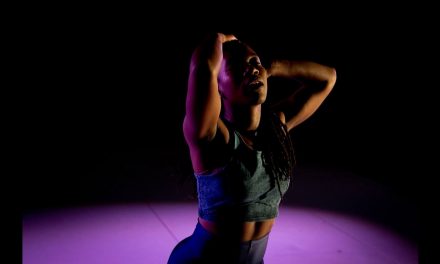In early October this year, the American Tap Dance Foundation, based in NYC and led by Artistic Director/Producer Tony Waag, presented the virtual premier of TAP DIVAS, an original production featuring astonishing performances by Tap Dance legends Lynn Dally (Los Angeles), Brenda Bufalino (New York), and Sarah Petronio (Paris). These three female pioneers each played a major role in reviving Tap as an artform. Created in 2001 for NY TAP CITY’s opening season at the Doris Duke Theatre on 42nd Street, Tap Divas is introduced by Waag with brief interviews of the artists today followed by streaming of the entire concert on atdf.org’s You Tube channel, “Tony’s TAP TV.” Now celebrating its 20th anniversary, the American Tap Dance Foundation is a bricks and mortar center in downtown NYC dedicated completely to tap dance. The annual “Tap City” weeklong Festival each July is now but one of its year round activities including Youth Ensembles, Artist Residencies, Master Classes, Teacher Training, Rehearsal Studios, a diversity of Concert Productions, Archives, and more. We have Waag to thank for bringing back this unique concert as part of his 20th anniversary season. Originally it played live for two nights at the 225 seat Doris Duke. The recent streaming netted over 600 views here and abroad in 48 hours, so Waag assures us he’ll keep it available until January 1,2020. Don’t miss it! (See the link below.)
Originally known as the American Tap Dance Orchestra (ATDO), the American Tap Dance Foundation (ATDF) was founded in 1986 by tap dancers Brenda Bufalino, Tony Waag, and the legendary Charles “Honi” Coles. Bufalino began working with Coles in 1973 when she produced the documentary, “Great Feats of Feet: Portraits Of the Jazz Tap Dancer” featuring Coles and The Copasetics. Waag is a tap dancer, director and producer living in New York City. He is the Executive/Artistic Director of the American Tap Dance Foundation, and since 2001, he has created a variety of signature programs under the auspices of ATDF, including: Tap City, the New York City Tap Festival, Rhythm in Motion, Hoofer & Tap Preservation Awards, International Tap Dance Hall of Fame, and The Gregory Hines Youth Scholarship Fund.
The show was given the title Tap Divas because Dally, Bufalino, and Pertronio were the pioneers responsible for the resurgence of Tap, revitalizing the careers of Tap masters Jimmy Slyde, Eddie Brown, Honi Coles and others by featuring them on their concerts, and by the way, they are women who have worked for decades to show the world that there are indeed extraordinarily talented female Tap dancers working in the business! It was here in LA where I first saw these amazing men perform with Jazz Tap Ensemble back in the late 1970s, through the 1990s and beyond.
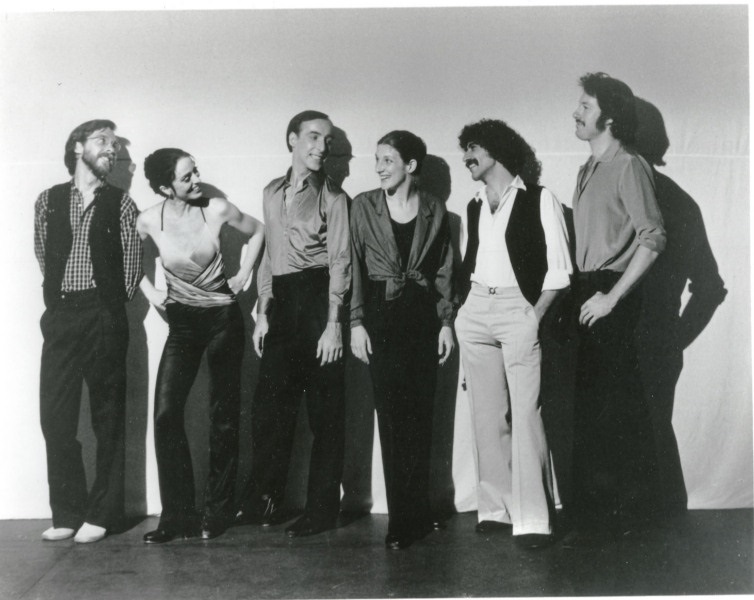
Original members of Jazz Tap Ensemble L-R Keith Terry, percussion; Camden Richman, Fred Strickler, Lynn Dally; Paul Arslanian, piano;; Tom Dannenberg, bass – Photo by Alan Nomura
Lynn Dally relocated her modern dance company Lynn Dally & Dancers from Columbus, Ohio in 1977, but in 1979 she, two other dancers and three musicians combined their unique talents and artistic voices to form a brand new kind of dance company, a company that would bring audiences to their feet both nationally and internationally for over 30 years. Jazz Tap Ensemble had its roots here in Los Angeles, but actually, it began in a beautiful studio in Venice, California called Pacific Motion Dance Studios. This studio was also home for Lynn Dally & Dancers and Eyes Wide Open, plus other well-known dance notables in LA that included, among others, Melanie Richards, Lee Webel, Mary Ann Kellogg, and the late Gary Bates and Medha Yodh bharata natyam. I also had the honor of teaching and rehearsing Jeff Slayton & Dancers there.
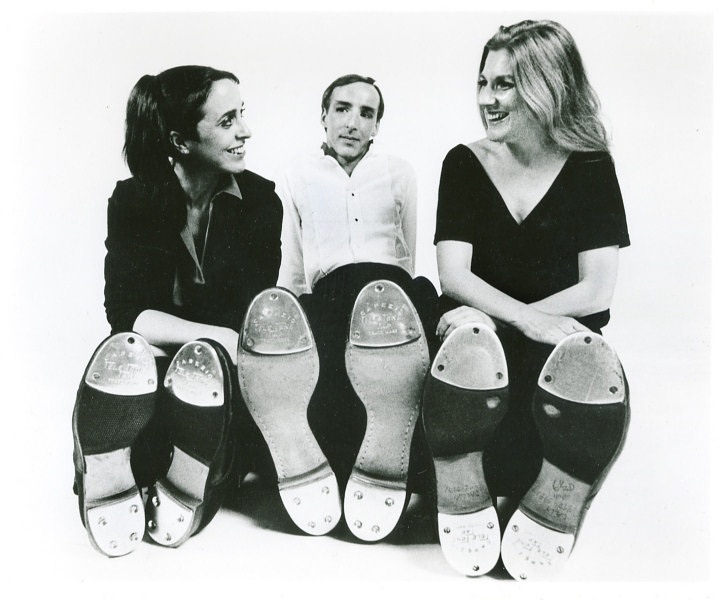
“Big Feat” – Jazz Tap Ensemble – (L to R) Camden Richman, Fred Strickler, Lynn Dally – Photo by Otto Berk
The six great artists that made up the original Jazz Tap Ensemble were dancers Lynn Dally, Camden Richman and Fred Strickler along with musicians Keith Terry (drums/percussion), Tom Dannenberg (bass) and Paul Arslanian (piano). Dally was the only one of the original six who stayed with the company from its inception in 1979 until its final performance in 2012 when the company spent a full month in Africa sponsored by the State Department and Dance Motion USA. A special part of that touring experience in Africa was spending a full day in Kinshasa, the capital city of the Democratic Republic of Congo working with a group of teenagers. These young people were training at an Arts School, whose entire student body consisted of AIDS orphans. Also, in the city of Kinshasa, Jazz Tap Ensemble had the opportunity to work with the National Ballet of Congo.
Tony Waag not only came up with the idea for Tap Divas, but he made that idea a reality by including it on the inaugural year of Tap City in New York. “There had been these festivals all over the country since the 1980s which we were all part of in various ways.” Dally said. “But there had never been a real tap festival in New York.” There had been other tap events, but Waag along with Brenda Bufalino, Gregory Hines and others were the first to create a festival in New York that included youth programs, performances by professional tap dancers, and a night of performances by international artists.
“The one thing I want to mention, other than that I enjoyed it,” Dally said “is to make certain that Tony (Waag) receives credit for producing this show. Otherwise, it never would have happened if he hadn’t said ‘I would like to do this idea. Are you guys interested. The idea to bring the three women together to create a show of their own, that tells their story of where they came from and their involvement with Tap.” The majority of her energy was at that time revolving around Jazz Tap Ensemble, choreographing for it, running it, producing it, etc. Dally had solos on the programs but being featured as a solo artist was not happening on a regular basis. Tap Divas provided her the platform to shine on her own apart from Jazz Tap Ensemble. And she got to perform in New York with two of the best women tap dancers in the business.
Performing as a solo artists along with Bufalino and Petronio on Tap Divas was incredibly special for her and “I had so much fun!” she said. Bufalino had created one woman cabaret style shows for herself in New York. Petronio was primarily involved with live jazz, particularly in the clubs in Paris and elsewhere, and working with Jimmy Slyde.
The three divas and director Avra Petrides began rehearsing together at the home of Bufalino in New Paltz, N.Y. where she owned a small farm with a shed. Dally and I laughed about how this reminded us of the Judy Garland and Mickey Rooney movies of the 1940s. “That’s how I felt,” Dally said “let’s go to the barn and make a show.” Although Petrides played a large role in putting together the program order, Dally, Bufalino, and Petronio were all directors of their organizations and each highly skilled at programing a concert. After a couple of days, the four returned to New York but did not have a lot of time to rehearse on the stage at the Doris Duke Theater. “We just had to respond to it,” Dally said. Performing on unfamiliar stages around the world was something these three pros had been doing for decades.
The six piece band for Tap Divas consisted of four women: Linda Dowdell (Piano), Denice Brooks (Drums), Diana Herold (Vibraphone), and Victoria Leavitt (Cello). The two men were Joe Fonda (Bass) and Andy Laster (Reeds). Hoagie Carmichael, Jr. was on the Tap City’s Board and responsible for bringing aboard Linda Dowdell as Music Director. Bass player Fonda had worked with Bufalino before and drummer Brooks had been playing with tap dancers around New York for some time. It was clear that this show was about the women.
In Tap Divas, all three of the women share some of their history via stories about their experiences breaking into the business. In addition, Dowdell recites wonderful quotes by some of the women pioneers in aviation, tying together how women have long been pioneers in most areas by forging ahead against all odds and refusing to bow to the backlash from a male dominated society. On the tape we hear Petronio relate how when she was first starting out in the business, she was lucky if she was allowed to perform at 2 am to a crowd that was already tired and ready to go home. She then proceeds to perform a beautifully quiet solo that Petronio said she choreographed for such times.
“This was also nice for me personally,” Dally said. “ because as Co-Director with Fred (Strickler) of Jazz Tap Ensemble, and later as the Artistic Director, the fact that I was a woman never made anything easier. I never received any particular recognition.” Dally said, comparing that to the attention and respect she received for Tap Divas. “The show was all about the women,” she said. “Which, for me, was a treat to be part of – to be represented in that way.”
This was not always the case! The very first Tap festival that was recognized as such, featuring famous Tap dance artists, took place for two weeks in 1986 in Colorado. Dally and Bufalino were honored by being asked to collaborate on creating the curriculum and the selection of the faculty for the festival. “It was great and we were good at it.” Dally said. “It was a great program, really worth the two weeks for anyone who came to study at the Colorado Dance Festival.” For Dally, however, the real story was about how the first concert featured only Gregory Hines, Honi Coles, Steve Condos, Eddie Brown, and Jimmy Slyde. Although it was a great lineup and a fabulous performance, there were no women on the program. Even the band that played live for that first concert was comprised of all men. It reflected how Tap was only able to get any attention at that time by focusing primarily on the great male artists, men who had already had long careers and who Dally, Bufalino, and Petronio were responsible for bringing back into the spotlight.
“There was so much history of Tap embodied in those men.” Dally said. “There was a good reason for making the concert exactly who it was.” She explained how during a panel discussion the next day that it was Hines that pointed out that there were no women on that program and invited all the women to come forward and join him in doing the Shim Sham, a very well know Tap dance. “Whenever Gregory spoke, attention must be paid,” Dally said. “and the following year, I believe, there were one or two women on the bill.”
There was also a racial aspect to this. It was three or four white women who were paying close attention to the black Tap artists; artists who then became their mentors, teachers and guest artists. It was not only a way to help build an audience but a path to reviving the artform.
The stage built for Tap Divas consisted of one wide, but not too deep stage, and three upper sections, the middle of which was higher than the outer two sections. It was great to watch these incredible hoofers maneuver their way up, down and around these four uneven areas without losing a single beat. Hoagie Carmichael, Jr. was also responsible for getting the special wood floor that was miked underneath and through his Hollywood connections, Carmichael was able to rent the Amelia Earhart pilot hats and googles that were worn by the three divas and bandleader Dowdell.
The floors were made by floor and sound designer Rob Harari. Dally first met Harari in 1986 when Jazz Tap Ensemble had their first engagement at The Joyce Theater in New York. He came with Gregory Hines who was the company’s guest artist for their eight night run. Hines brought his own Tap floor, built and sound designed by Harari. “The floors that we danced on in 2001 were made up of parts of Gregory Hines’, and by then Savion’s (Glover) floors that were in New York and loaned out for this concert,” Dally said. “And they were good floors because Rob’s floors for Gregory were always good and forever evolving.”
Dally had the great honor of being the closing number on Tap Divas, performing one of her (and my) favorite solos titled “Round Midnight” with the music of Thelonious Monk. It is a gorgeous dance and one that I never tired of seeing.
I asked Dally if she had performed on the New York Tap Festival since doing Tap Divas and she had. “In 2006 I received the Hoofers Award with Special Recognition for Choreography.” It was the same year that Jimmy Slyde received the Life Time Achievement Award. Dally performed a few more times on the festival since then as well.
Tap Divas is not only a gem of a concert, but it is extremely important historically. We are so fortunate to have someone like Tony Waag archiving the great Tap artists who have performed at Tap City and on the New York Tap Festival, and who is making these videos available for all to see.
To watch Tap Divas, click HERE.
To visit the American Tap Dance Foundation website, click HERE.
To learn more about Jazz Tap Ensemble, click HERE.
To visit the Brenda Bufalino website, click HERE.
To learn more about Sarah Petronio, click HERE.
Written by Jeff Slayton for LA Dance Chronicle.
Featured image: Tap Divas – (L to R) Sarah Petronio, Brenda Bufalino, Lynn Dally – Photo by Peter Petronio

